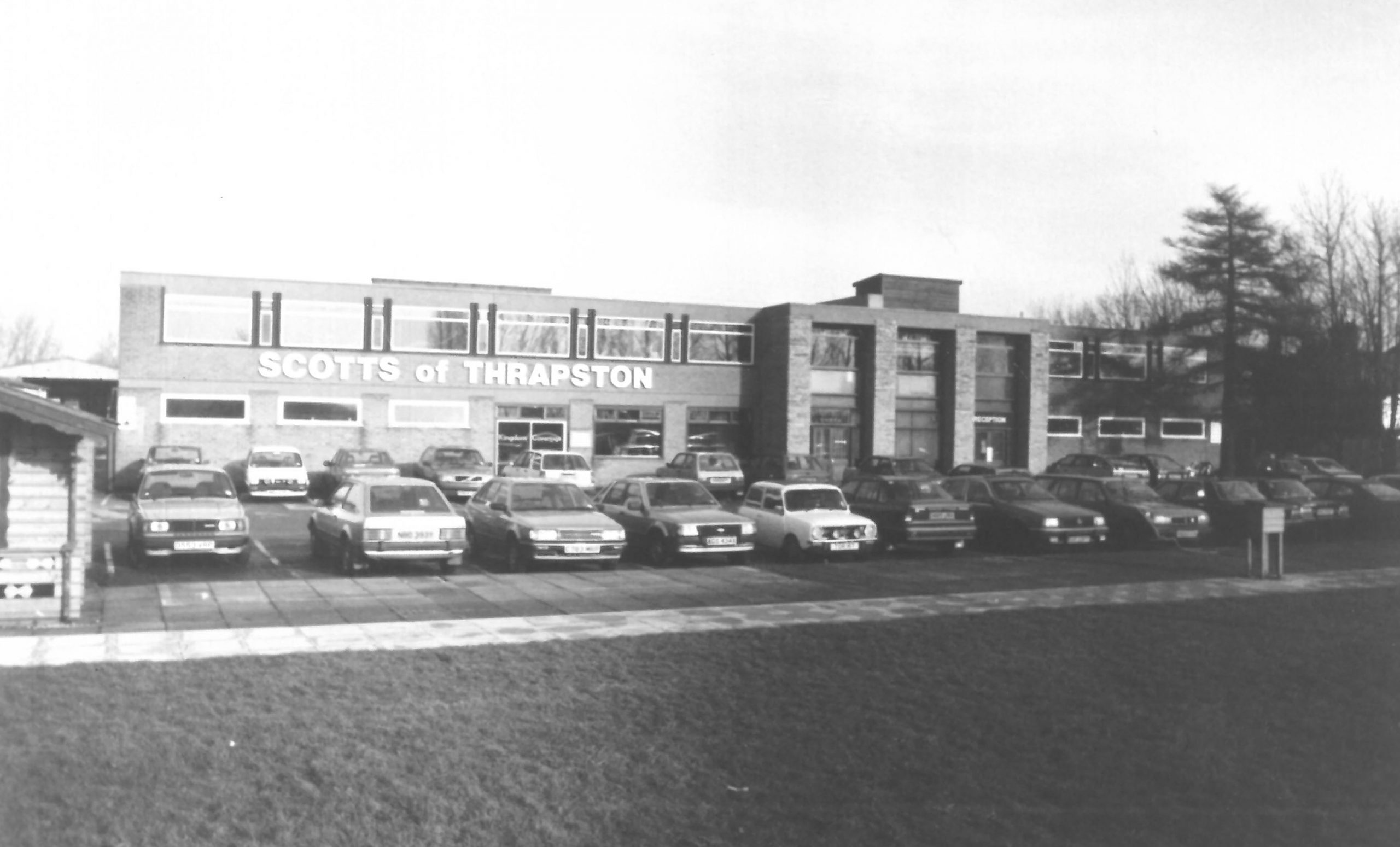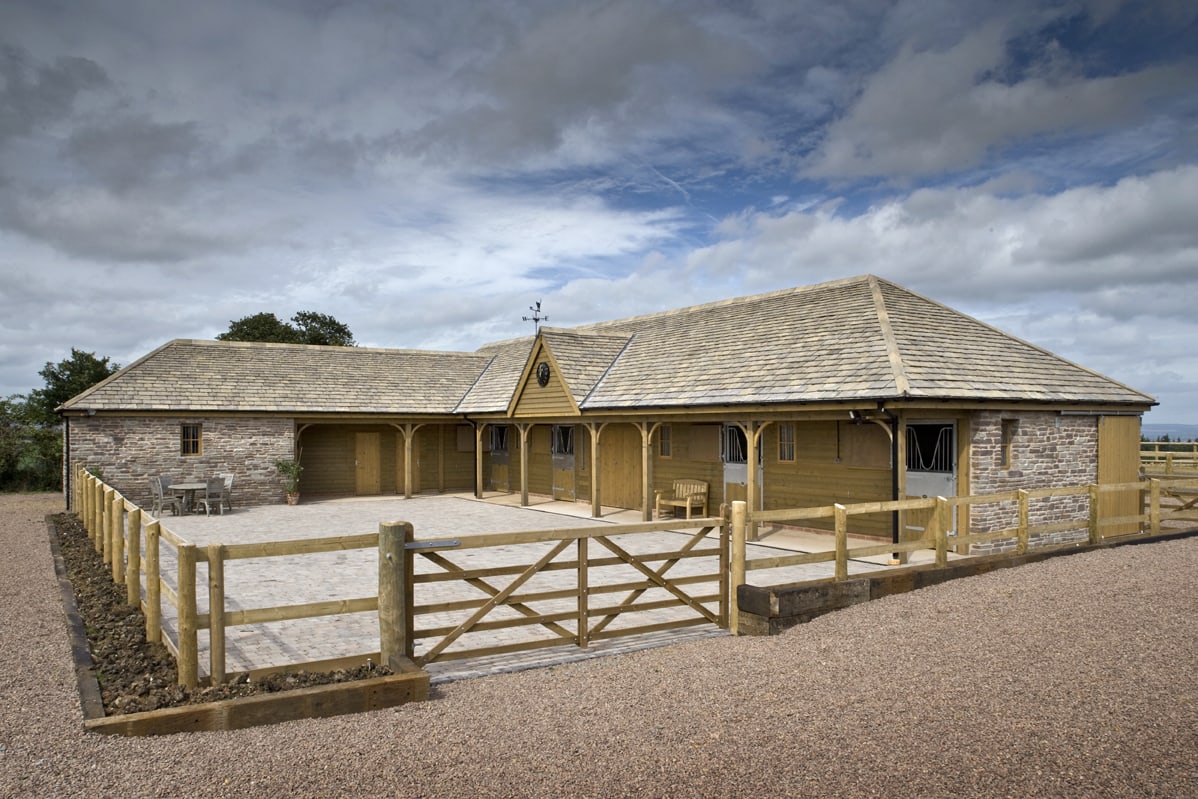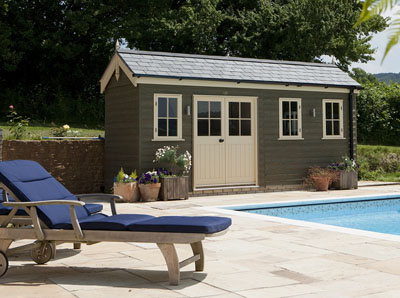The “Roaring Twenties” arrived shortly after the First World War. The 1920s was a time when many started to prosper, so it was a great time for our founder James Scott to start a new business.
Thanks to the ‘War Horse’ story it is widely known how much was owed to the horse at this time. Horses were becoming less regarded as a means of transport as the cost of mechanical transport came down.
The horse started to take a new path and was evolving into a lifestyle choice. This helped Scotts eventually develop new products to meet these needs for a newly forming equestrian market.
BIG CHANGES IN RACING
Horse Racing had been around since 4500BC but in the 1920s was being propelled to new levels. The UK government created the racecourses betting act. This allowed on-course bets to be taken, ensuring fair practice and giving the government a slice of betting in the form of taxes. This fuelled the creation of the biggest races we know today, the Cheltenham Gold Cup and the Aintree Grand National.
Other companies were also capitalising to meet the needs e.g. Richmonds Horse Transport diversified from coaches to transport horses to the races.
OLYMPIC RULES AND STANDARDISATION
The Olympic disciplines of Eventing, Dressage and Showjumping were starting to take off.
In 1919, the first Olympics after War time was given the go ahead, when the IOC accepted the offer from the Belgian city of Antwerp.
This only gave the Swedes a year to prepare, but it did not phase them, as they dominated the podium. It was a landmark event of many firsts. The first year doves were released, the launch of the Olympic flag with five rings and the creation of the Olympic oath.
However, it did not fully unite Europe after the War. Happening just months after the War had finished, Germany was not invited to take part. The Swiss also refused to take part over fears of a foot-and-mouth outbreak in the host nation.
But it was a landmark games for equestrian sport. Following criticism of the equestrian events, it brought about the formation of the FEI, also in the 1920s. This then aided the standardisation of rules for all the equestrian disciplines they represent today.
THE START OF GRASS ROOTS LEISURE MARKET
Inspired by the Olympics the new trend for horses being used primarily for leisure and sport was unleashed.
It was the decade that the Institute of the Horse in Great Britain decided to create the Pony Club in England. Its aim was to support young people with proper training in equestrian care and riding. This in turn spawned worldwide interest. Many other countries followed suit with their own versions of the Pony Club.Our country’s passion for horses has grown into an industry contributing £8bn a year to the economy.
Scotts has seen many changes over the last 100 years, but remains passionate about serving the needs of the wonderful horse. We aim to help you enjoy and understand them better so they can keep contributing to your lives for the next century.
And, who knows what the next century will bring, as we start to unlock even more powers of the horse through therapy and human self-awareness.
For details on Scotts Equestrian Buildings, please visit our webpage.










